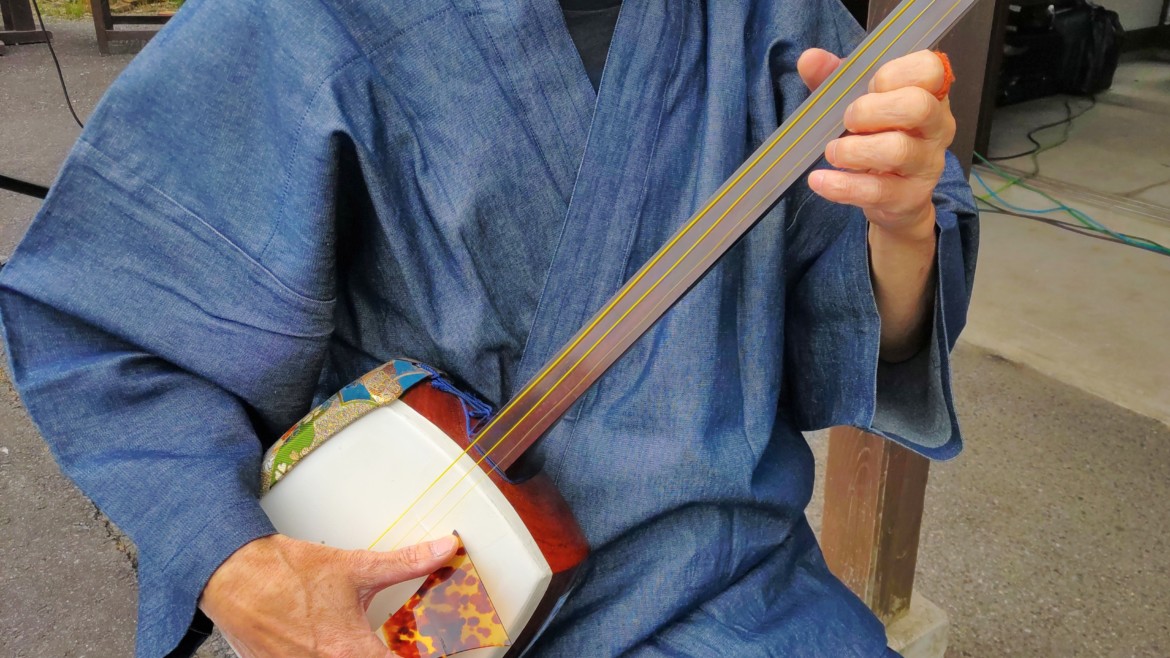Shamisen is one of Japan’s traditional musical instruments, and there are three types: Hosozao (thin neck), Nakazao (medium neck), and Futozao (thick neck). Futozao shamisen is the thickest of the three types divided by the thickness of the neck, and has a large body and thick strings. When Futozao shamisen was introduced to the Tsugaru region, it was mainly used as an accompaniment for folk songs. Later, in the Meiji era and beyond, it began to be played in Tokyo, Osaka, and other places. It became the most popular among shamisen because of its percussion-like playing style and fast tempo with many notes.
Futozao shamisen is closely related to Gidayu and Ningyo Joruri puppet plays and literature. Futozao shamisen is often used in the music of Gidayu-bushi and Ningyo Joruri puppet plays. Gidayu-bushi is a storytelling that has been loved by the common people since the Edo period, and listening to its music allows you to learn about the customs and culture of that time. In addition, Ningyo Joruri is a puppet play that allows you to learn about Kabuki and Noh at that time by listening to its music.
Furthermore, shamisen is an instrument that has been used in Japanese literature works such as “The Tale of Genji,” “The Tale of Heike,” “Kanadehon Chushingura,” “Chushingura,” “Yoshitsune Senbon Zakura,” “Kanjincho,” “Tetsuwari,” “Sugawara Denju Tenarai Kagami,” “Tokaido Yotsuya Kaidan,” “Ukiyo-buro,” “Ugetsu Monogatari,” etc.
If you don’t know how to play shamisen, there are online lessons available. We recommend shamisen-lessons.
You can receive instruction from beginner-oriented Japanese instructors from around the world. Start now! Let’s start playing traditional Japanese instruments with shamisen-lessons! We look forward to receiving your application.



Leave a review